Coronavirus: Nearly 600,000 jobs lost as unemployment rises to 6.2pc in April
Unemployment leapt to 6.2pc in April, against forecasts of over 8pc, but the figure masked a plunge in hours worked during the virus crisis.

The COVID-19 economic crisis has left about 2.7 million Australians, or one in five workers, without work or on reduced hours, sparking a call from Josh Frydenberg to ease social restrictions to “get these people back into a job as fast as possible”.
New data from the Australian Bureau of Statistics on Thursday showed the number of employed people plunged by a record 594,000 last month, with Scott Morrison calling the labour force report a “devastating set of numbers” and a “tough day” for the nation.
The ABS figures revealed an unprecedented mass exodus of 500,000 people from the workforce, with the jobless rate jumping one percentage point to 6.2 per cent — a record increase and the highest since 2015.
The Treasurer described the labour data as “heartbreaking” as he confirmed that 1.6 million Australians were now on the expanded JobSeeker welfare payment and youth allowance.
“These are families, these are friends, these are neighbours, these are workmates. There is still a long way to go and the economic numbers will get worse before they get better,” Mr Frydenberg said.
The government is now shifting its focus to a reform package to help people off expanded welfare payments as the economy emerges from the COVID-19 crisis.
Social Services Minister Anne Ruston told The Australian it was looking at how to “remove disincentives and maximise the incentives for people to seek employment and move off” payments as restrictions were rolled-back.
The Prime Minister said the labour force report would have been worse were it not for the six million workers covered by the government’s JobKeeper wage subsidy program.
These individuals are counted by the ABS as employed, regardless of whether or not they have technically been stood down.
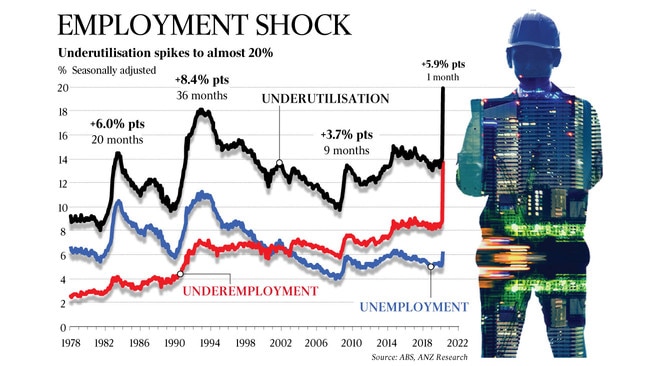
“When you have almost 600,000 people exit employment, that is a devastating set of numbers,” Mr Morrison said.
He said once the economy reopened, it was important to focus on training and upskilling workers and that businesses were able to employ them, restore their positions or increase their hours.
“We don’t want an Australian economy that’s propped up by subsidies,’’ he said. “We want an Australian economy that’s propped up by strong businesses with strong markets and great products and services competitive in a global marketplace.’’
Amid calls from the Australian Council of Social Service to extend the JobSeeker payment and stall the reinstatement of the welfare compliance system, the government is understood to be looking at recommendations from the 2015 McClure report into the social support system and other measures to ensure a safety net remains in place as people return to work.
Issues with marginal tax rates as people move off payments are also expected to be considered.
The ABS said the jobless figure would have climbed as high as 9.6 per cent had the 104,500 increase in the number of unemployed not also been accompanied by an “unprecedented” fall in the participation rate.
The lower-than-feared rise in the unemployment rate masked a massive 9.2 per cent plunge in hours worked over the month.
Youth unemployment rose to 13.8 per cent, up from 11.5 per cent.
ABS head of labour statistics Bjorn Jarvis said about three-quarters of those who lost their jobs last month also dropped out of the workforce. “This means there was a high number of people without a job who didn’t or couldn’t actively look for work, or weren’t available for work,” he said.
Amid the worst downturn since the Great Depression, Treasury forecasts the jobless rate will climb above 10 per cent.
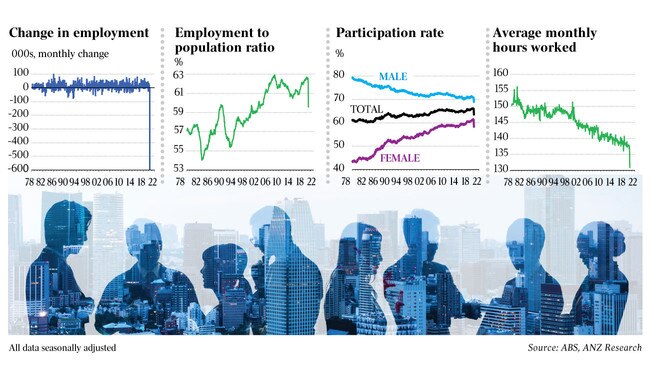
Following Tony Abbott’s 2013 election victory, the Coalition drove down the proportion of working-age Australians reliant on payments to their lowest levels in more than 30 years and reduced unemployment to 5.1 per cent.
Senator Ruston said the country had “climbed this mountain before and we’ll do it again”.
The Australian can reveal an Institute of Public Affairs poll of more than 1000 Australians, collected by Dynata from April 24-26, showed 81 per cent of respondents agreed that “reducing the unemployment caused by the lockdown will be the most important part of recovery”.
IPA director of policy Gideon Rozner said the numbers, with only 7 per cent of people disagreeing, were “unambiguous” and welfare reform post-COVID-19 must be “geared towards getting Australians off welfare and into a job”.
“Four out of every five Australians want state and federal governments to be about jobs,” Mr Rozner said. “The only way to have a truly ‘COVID-safe’ economy is one in which every Australian who wants work can find it.”
As the number of hours worked plunged, the ABS data also revealed a 603,300 spike in the number of underemployed Australians — those who were working but who would like more hours. That pushed the underemployment rate up 4.9 percentage points to a record high of 13.7 per cent.
The labour force survey was conducted in the first two weeks of April. The larger-than-usual number of people departing the labour force drove an “unprecedented” fall in the participation rate of 2.4 percentage points to 63.5 per cent, the ABS said.
More Coverage
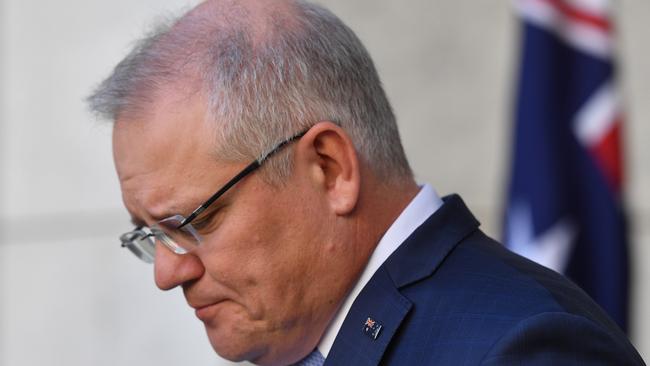

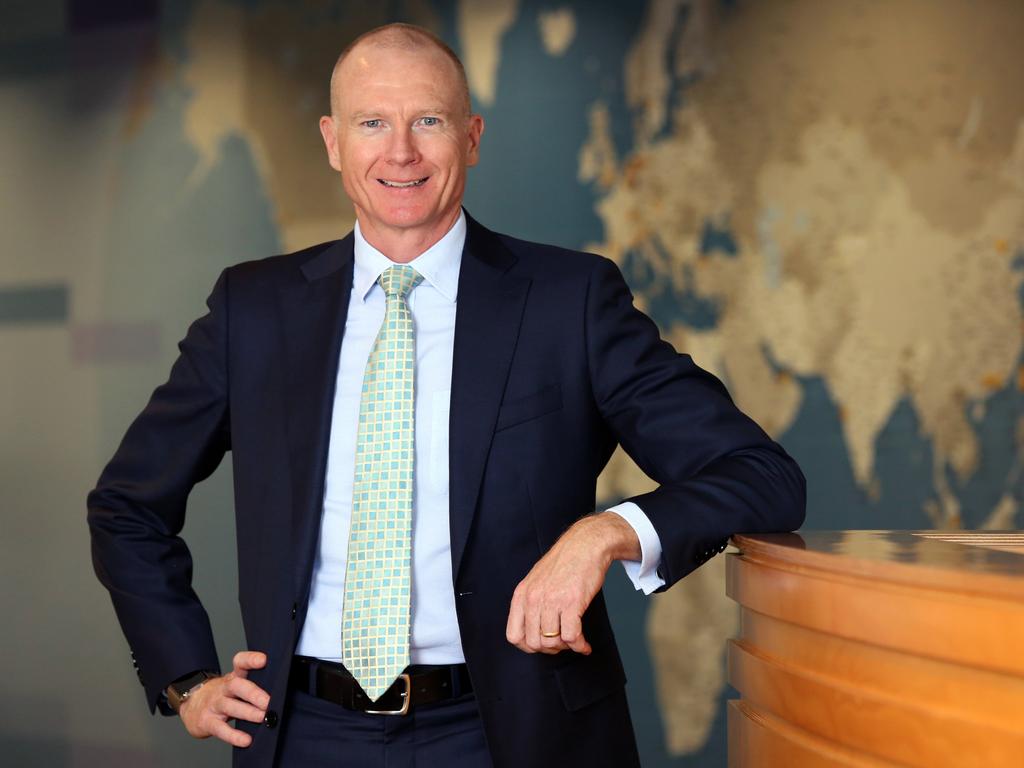

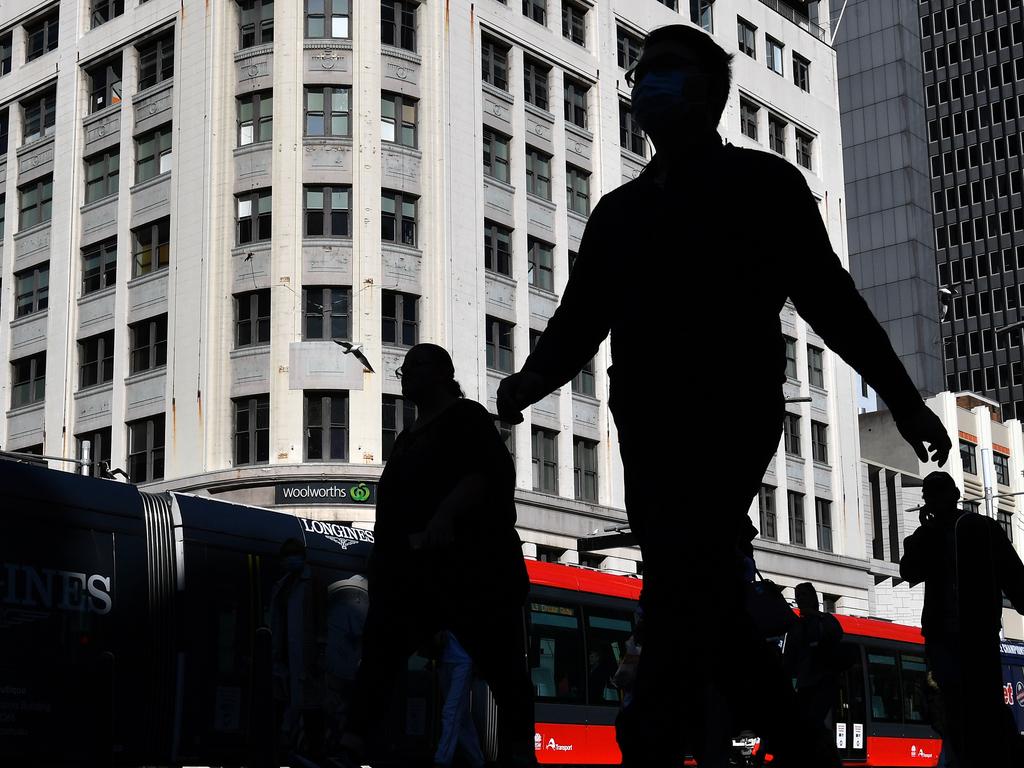



To join the conversation, please log in. Don't have an account? Register
Join the conversation, you are commenting as Logout